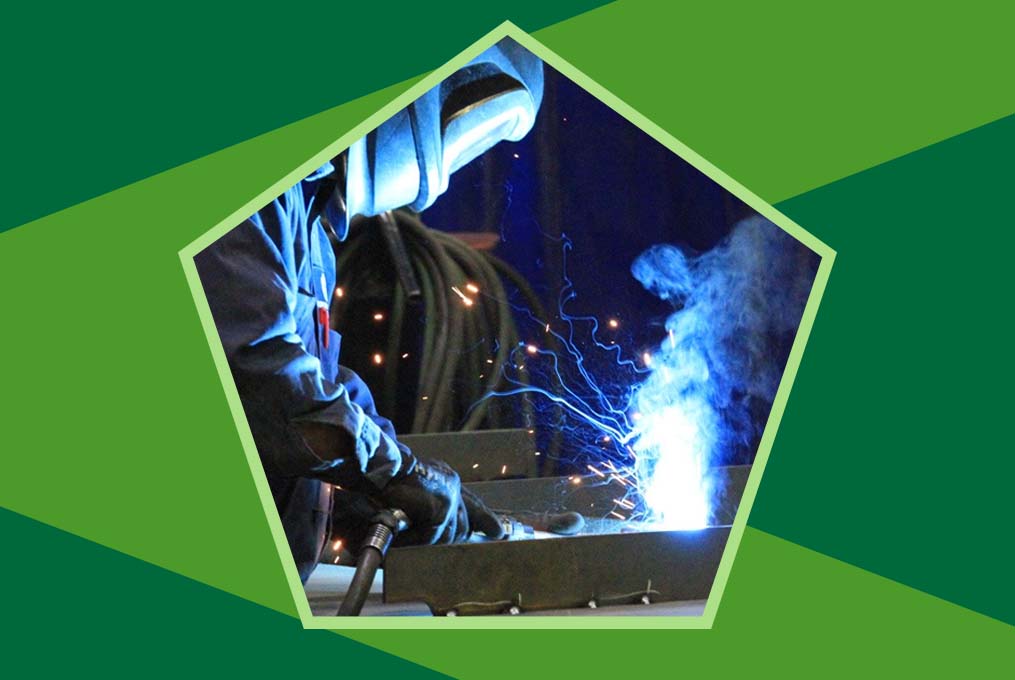Sheet Metal Fabrication Safety: Best Practices and Guidelines

Sheet metal fabrication is an important process in many industries, including construction, automotive, and aerospace. However, working with sheet metal can be dangerous if proper safety measures are not followed. Here are some best practices and guidelines to ensure safety in sheet metal fabrication.
Understanding the Hazards
Sheet metal fabrication involves cutting, bending, and shaping metal sheets. These processes can pose several risks, such as:
Cuts and Lacerations: Sharp edges of sheet metal can cause serious cuts.
Eye Injuries: Flying metal particles can injure the eyes.
Burns: Heat generated during welding or cutting can cause burns.
Crushing Injuries: Heavy metal sheets can cause crushing injuries if they fall or are mishandled.
Respiratory Issues: Dust and fumes from cutting or welding can harm the lungs.
Understanding these hazards is the first step in ensuring safety.
Personal Protective Equipment (PPE)
Wearing the right personal protective equipment (PPE) is crucial. Here are some essential PPE items:
Gloves: Protect hands from cuts and burns. Use gloves that are cut-resistant and heat-resistant.
Safety Glasses or Goggles: Protect eyes from flying particles and sparks.
Face Shields: Provide additional protection during grinding or cutting.
Ear Protection: Protect ears from loud noises which can damage hearing.
Respirators: Prevent inhalation of harmful dust and fumes.
Steel-Toed Boots: Protect feet from heavy falling objects.
Always make sure the PPE fits well and is in good condition.
Proper Training
Proper training is essential for everyone involved in sheet metal fabrication. Workers should be trained on:
Equipment Use: Understanding how to safely operate all machinery and tools.
Hazard Recognition: Identifying potential dangers in the workplace.
Emergency Procedures: Knowing what to do in case of an accident or emergency.
PPE Usage: Learning how to properly wear and maintain PPE.
Regular training updates and refresher courses help keep safety practices current.
Safe Handling of Materials
Handling sheet metal correctly can prevent many injuries. Here are some tips:
Lift Properly: Use proper lifting techniques to avoid back injuries. Bend at the knees, not the waist, and lift with your legs.
Use Mechanical Aids: For heavy or awkward items, use hoists, forklifts, or other mechanical aids.
Store Materials Safely: Store sheet metal flat to prevent it from falling over. Use racks or shelves designed to hold metal sheets.
Secure Workpieces: Ensure that the sheet metal is securely clamped or fastened before working on it.
Maintaining a Clean Workspace

A clean and organized workspace is safer and more efficient. Follow these guidelines:
Clean Up Spills: Quickly clean up any oil, grease, or other spills to prevent slips and falls.
Dispose of Waste Properly: Keep waste bins for scrap metal and other debris. Dispose of them regularly.
Organize Tools: Keep tools in their proper places. Use tool holders or pegboards to prevent them from cluttering the workspace.
Regular Inspections: Conduct regular inspections to ensure the workspace remains clean and hazards are promptly addressed.
Machine Safety
Machinery used in sheet metal fabrication can be very dangerous if not used correctly. Follow these machine safety tips:
Guarding: Ensure all machine guards are in place and functioning.
Maintenance: Regularly maintain machines to keep them in good working order. Report any issues immediately.
Lockout/Tagout Procedures: Before performing maintenance, ensure machines are properly shut down and cannot be accidentally turned on.
Emergency Stops: Know the location and operation of emergency stop buttons on all machines.
Safe Use of Cutting and Welding Tools
Cutting and welding are common in sheet metal fabrication. Here’s how to use these tools safely:
Cutting Tools: Use the right tool for the job. Ensure blades are sharp and in good condition to reduce the risk of injury.
Welding: Always wear appropriate welding gear, including a welding helmet with a proper filter. Work in a well-ventilated area to avoid inhaling harmful fumes.
First Aid and Emergency Procedures

Despite all precautions, accidents can still happen. Be prepared with these measures:
First Aid Kits: Keep well-stocked first aid kits accessible.
Emergency Contacts: Have emergency contact numbers clearly displayed.
Training: Ensure workers are trained in basic first aid and emergency response.
Conclusion
Safety in sheet metal fabrication is important. By understanding the above pointers, workers can greatly reduce the risk of injury. Following these best practices and guidelines helps create a safer, more productive working environment.